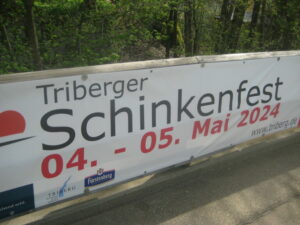As people remember, Eidos started as a company offering video editing software for Acorn RISC machines (do not confuse with Acorn RISC Machines company), but later it merged with a game publisher (more than once) and now it’s a Japanese game company. Yet the codecs they developed survived for some time in the games.
Since I was looking at ARMovie and found decompressors for Escape 100 and 102 codecs (essentially the earliest in the series) I looked at those as well and here’s a brief overview.
Both codecs are almost identical in design (only the luma code seems to differ), they operate on 160×128 frames in 5-bit YUV420 format, operating on 2×2 blocks. Chroma values are picked from the table of 256 combined U/V values. The codecs code data as a variable-length code for the number of blocks to skip (the same code seems to have survived until Escape 124) and the following block update mode (luma and/or chroma). As I said before, chroma values are taken from the table or left intact from the previous frame; luma values are coded two 5-bit values and 3-bit mask telling which value to use for the block elements (first element in the block is always the first value of course).
And that’s it. No other modes, the only frame header is 32-bit word with codec ID (later revisions decided to add frame size and even flags that affect decoding process). Nevertheless it’s rather interesting to encounter codecs that use simple two-colour vector quantisation (and fixed codebook for chroma pairs) without any additional image transformation tricks (e.g. motion compensation beside skipping, or even allowing raw blocks).
